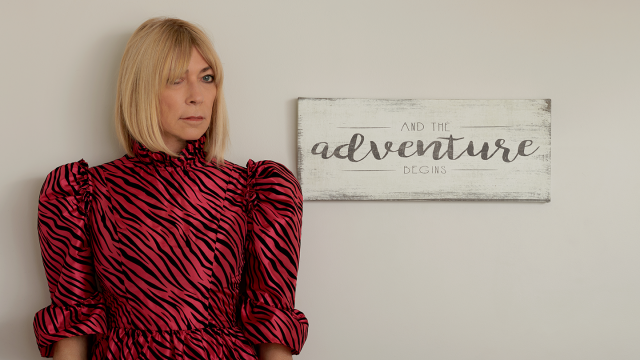As Twitter, Facebook and Instagram have become more significant forms of communication, they have grown equally crucial to the survival of media outlets, which have evolved to rely on social platforms in an era when print is often perceived as archaic. This view is particularly expressed by younger generations who have never lived without social media.
These social platforms are just as important to those who often rely on media outlets to promote their work; people like Cleo Wade, an acclaimed artist, poet and author who uses social media to connect with her audience. According to Wade, “The difference between something being a tool that is useful, and something being a weapon that can be used against yourself and others, is merely the intention you put behind it.”
“I just want people to know that they are not alone. They are not alone in their feelings about life. They are not alone in their feelings about the world.”
Social media can be both helpful and harmful, both informative and pejorative, essential and detrimental. It can be “an incredible tool for community building, learning, sharing and coping,” Wade says. “If that is how you decide to use it.”
That duality is further underscored in two factors that contribute to the platforms’ efficacy: intent and consumer perspective. Wade explains that “if you choose instead to use it as a place for finding company in your rage and your hate, or as a space where you go to numb yourself, affirm your insecurities, or indulge in judgment or paranoia—you will find it to be a very toxic place.”
The problem persists: How do you attract an audience in this precarious digital landscape? How do you navigate the noise, the fleeting attention spans, and the relentlessly stressful news cycle to engage with readers on a meaningful level?
The answer may lie with the youth market, which utilizes social media more than any other demographic. As the old cliche goes, the children are our future. And for them, social media is a vital extension of their lives, rather than just a distraction.
Our younger generations are more awake to social and political issues than ever before, and it is no coincidence that media outlets like MTV and Teen Vogue have been immensely successful in using social media to reach and engage with the youth demographic. These outlets haven’t discovered a cheat code or a shortcut to attracting their audience; they have evolved alongside them, leaning into socio-political issues that speak to young readers and consumers.
While some outlets hesitate before getting too political, the most successful ones confront these issues head-on. Along with the diet of pop culture, fashion, and celebrity news that has long been the primary components for media geared at younger readers, the likes of Teen Vogue incorporate timely topics, knowing that their audience wants substance.
“Food is not the only thing in life that we ingest,” Wade explains, “If you find that your media diet does not feel life affirming, it may be time to switch it up.” That’s instructive wisdom for both sides of the media exchange, and that “switch” has made outlets that primarily cater to a younger demographic much more successful in engaging them.
The key to doing so is with empathy. Successful outreach and engagement isn’t simply about identifying your audience, but identifying with them. Social media—particularly Instagram—has allowed Wade a platform to spread messages of self-love and acceptance, while speaking about issues concerning gender, race and the LGBTQ community.
“I just want people to know that they are not alone,” says Wade. “They are not alone in their feelings about life. They are not alone in their feelings about the world.” Wade knows how to engage with her followers because, she says, “I am them.”
“What resonates the most” with Wade and her audience, she says, is “our relationship with fear.” As such, she leans into personal insecurities and broad social concerns, which are often inextricably linked. The solution for others looking to capture and—more importantly—engage with readers and consumers in a meaningful way is through empathizing with them. It’s through seeing your target audience not as “other,” but as yourself.
The most important question, then, is this: What do you care about?
Cleo Wade was a Featured Speaker at SXSW 2018: Cleo Wade & Elaine Welteroth | Tribe Building 2.0: Engaging a Conscious Community









